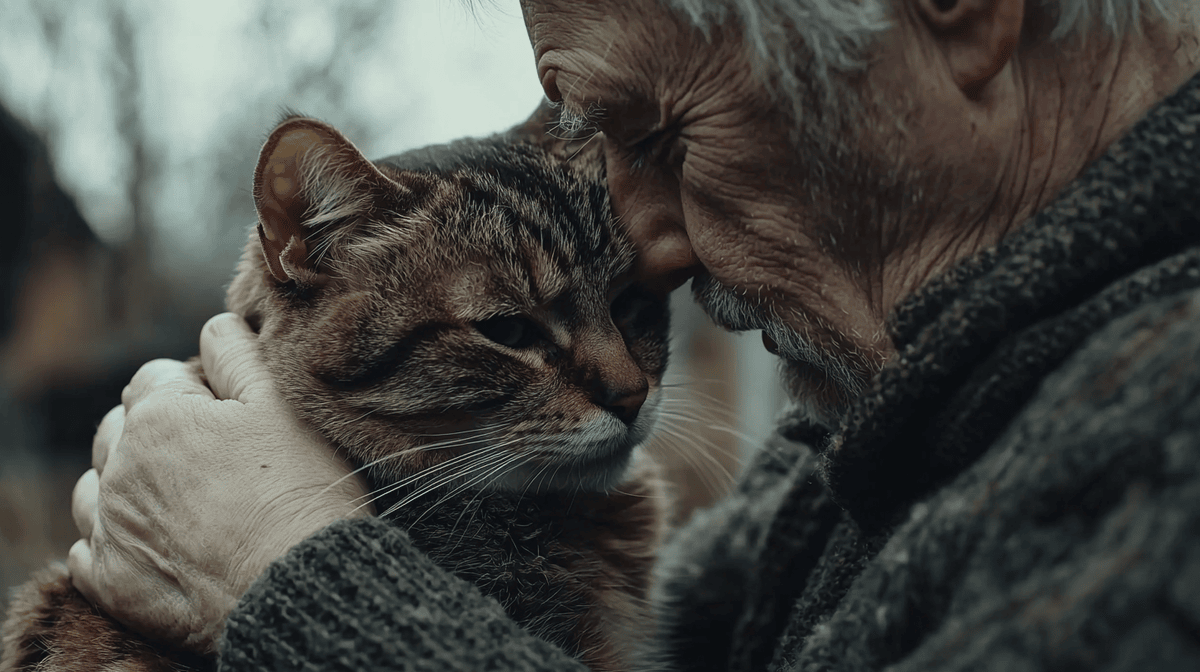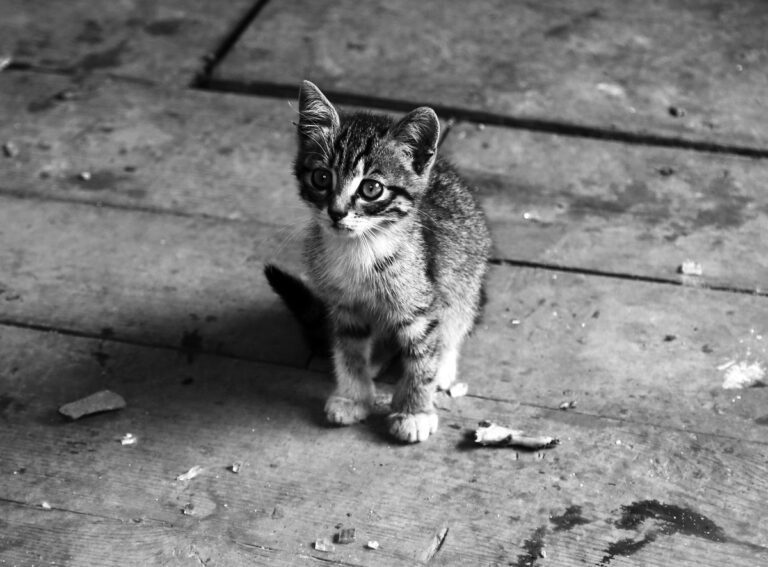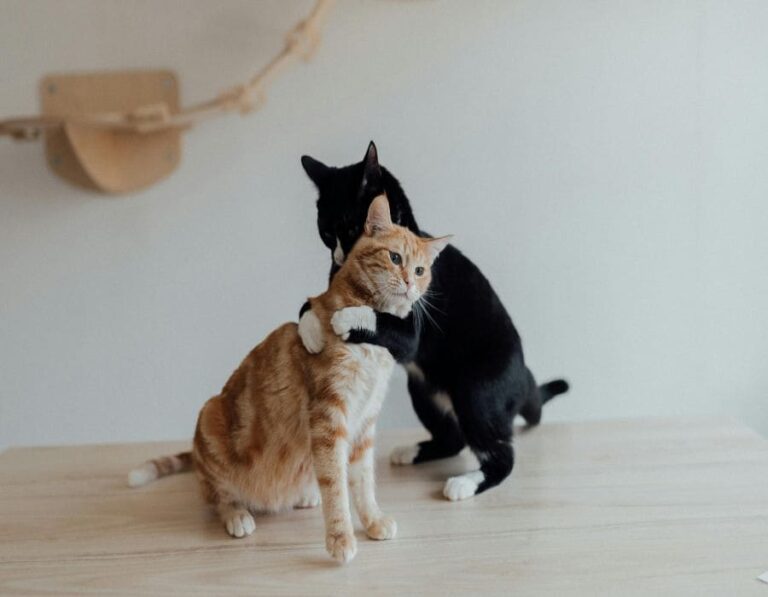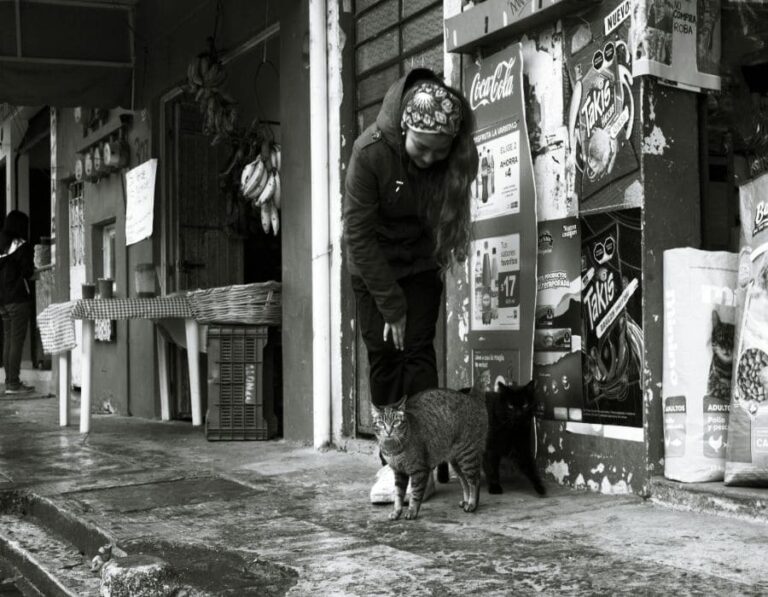How to Know When It’s Time: 10 Signs Your Cat Is Near the End
Cats are masters at hiding pain and discomfort, making it difficult to recognize when they are nearing the end of their lives. As heartbreaking as it is, knowing the signs can help you make informed and compassionate decisions for your beloved pet. Whether due to old age, chronic illness, or sudden health decline, understanding when your cat is suffering can help ensure their final days are as peaceful and comfortable as possible.
If your cat is elderly or facing a terminal condition, here are 10 signs that may indicate their time is near, along with ways to provide comfort and care during this delicate stage.
1. Significant Weight Loss and Muscle Wasting
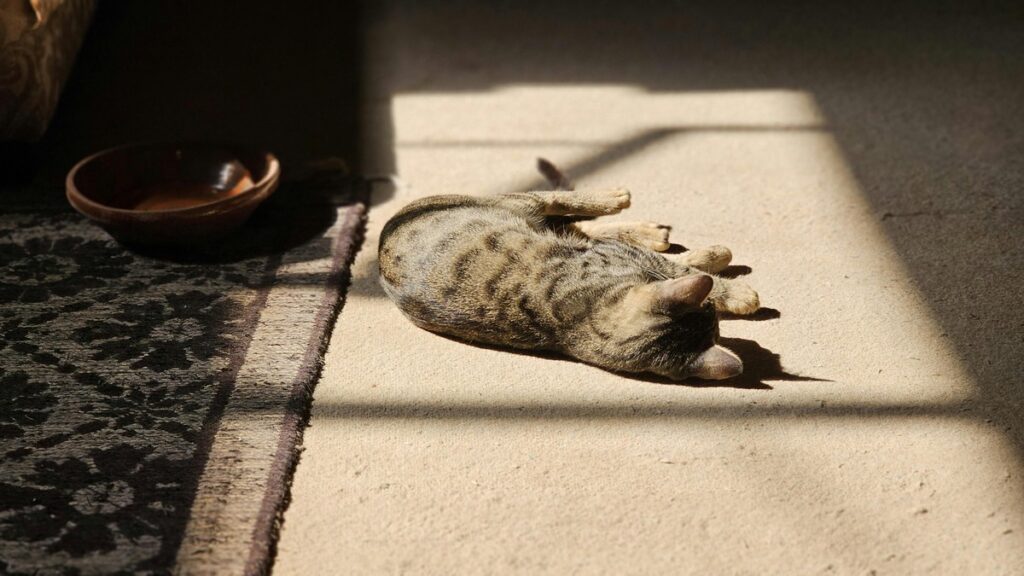
One of the most visible signs of a cat nearing the end is extreme weight loss, even if they are still eating. Many senior or terminally ill cats experience muscle atrophy, making them appear frail and bony.
Weight loss can indicate that your cat’s body is no longer processing food efficiently. Offering high-calorie, nutrient-dense food can help them maintain some energy, but if they struggle to eat solid food, switching to wet or liquefied meals can make eating easier. If your cat is rapidly losing weight despite your best efforts, a vet can recommend appetite stimulants or supportive care options to help them stay comfortable.
2. Loss of Appetite or Refusal to Eat
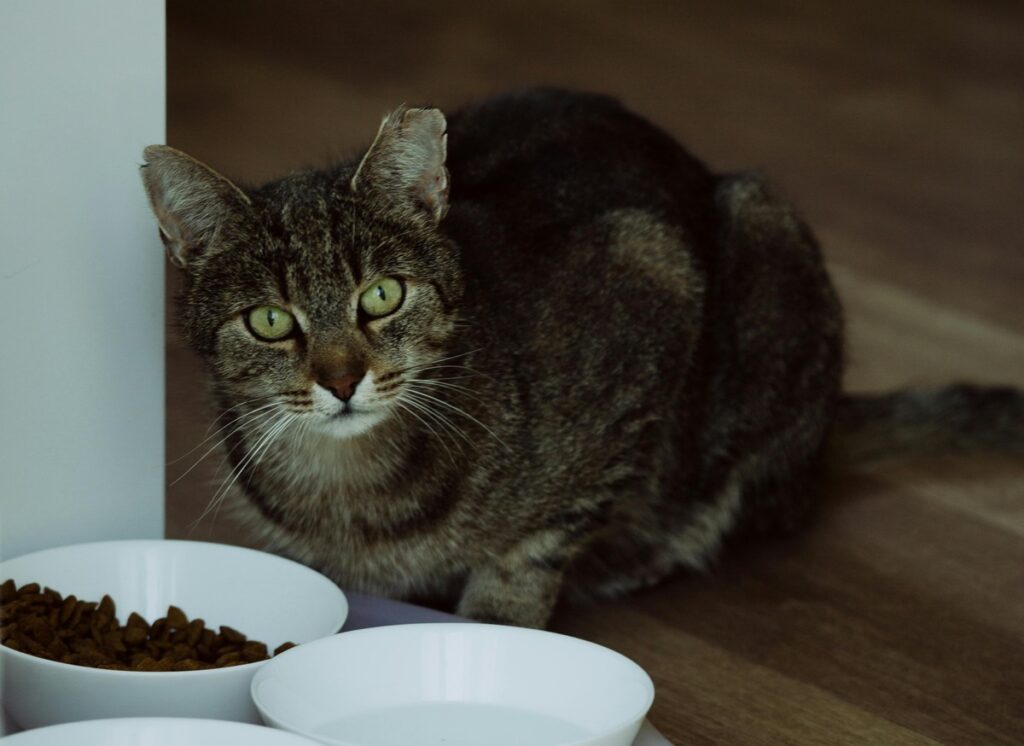
A cat refusing to eat for more than 24-48 hours is a major concern. As the body begins to shut down, digestion slows, and they may lose interest in food altogether.
You can try enticing them with warm, aromatic foods like chicken broth, tuna, or baby food, as these stronger scents may encourage eating. If they are still refusing food, hand-feeding or syringe feeding might help provide some nourishment. However, persistent refusal to eat is often a sign that your cat’s body is preparing for the end, and discussing end-of-life options with your vet can help ensure they don’t suffer needlessly.
3. Extreme Weakness and Lethargy
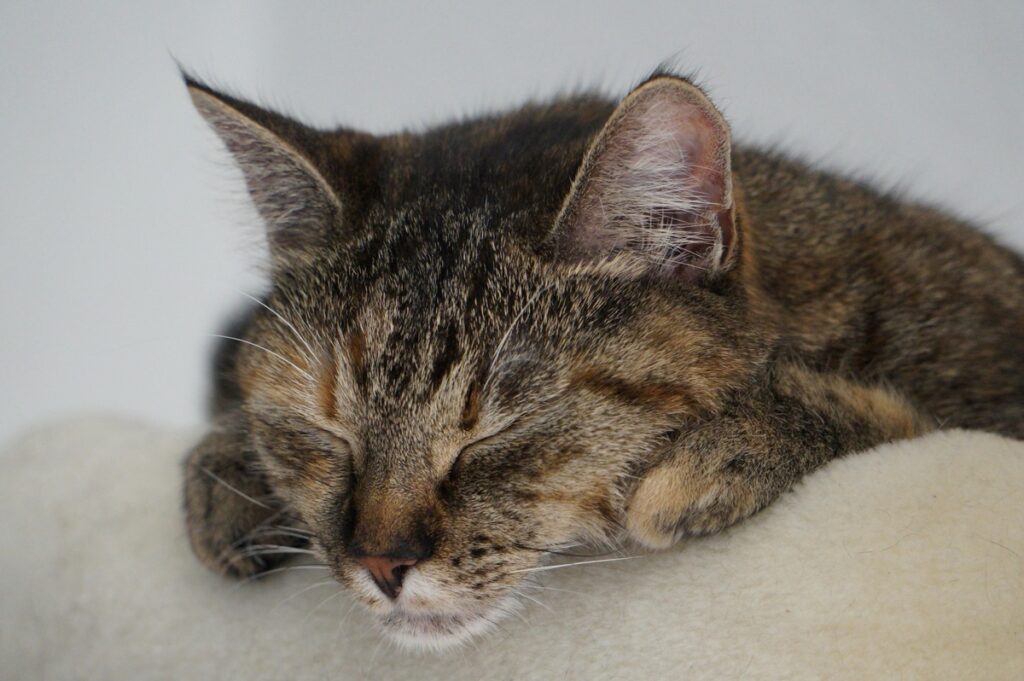
A once-active cat that suddenly becomes weak, listless, or unable to move may be approaching their final days. They may struggle to stand, jump, or even lift their head.
Providing a warm, quiet, and comfortable space is the best way to care for a cat that lacks strength. Limit their need for movement by placing food, water, and their litter box nearby, so they don’t have to exert themselves. Handling them gently and minimizing stress will help them feel more secure as their energy continues to decline.
4. Labored or Irregular Breathing
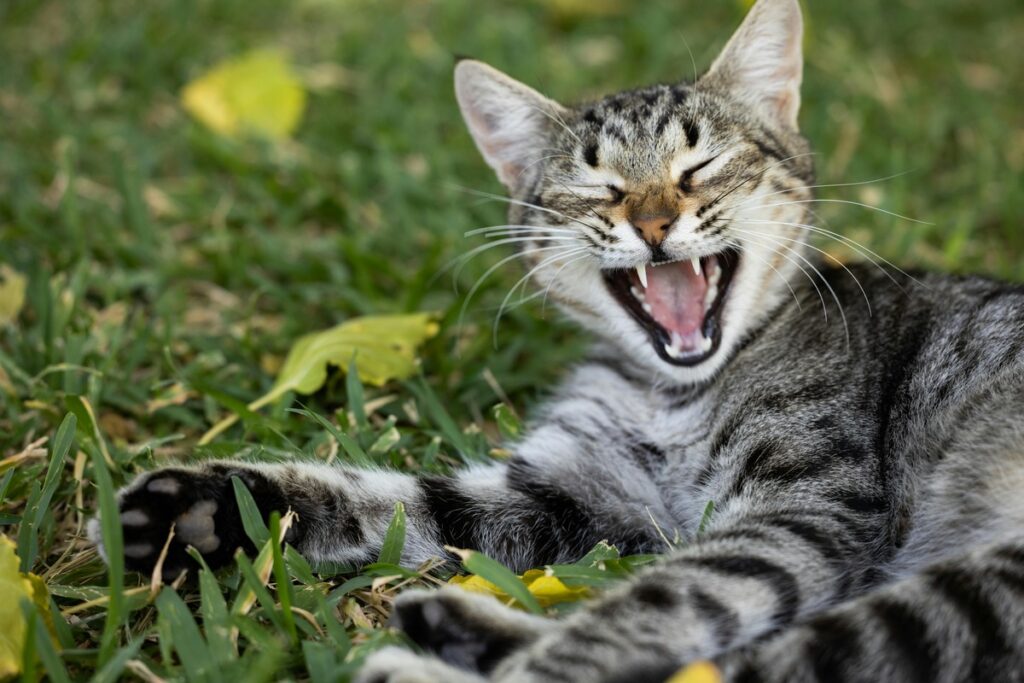
Breathing changes are common in cats nearing the end. You may notice shallow, rapid breathing, open-mouth panting, or long pauses between breaths. These signs often indicate respiratory distress or organ failure.
Keeping your cat calm and stress-free is crucial if they are struggling to breathe. Avoid handling them too much, and make sure they are resting in a well-ventilated, peaceful area. If your cat’s breathing becomes increasingly strained, this is often a sign that they are in distress and may need humane euthanasia to prevent unnecessary suffering.
5. Withdrawal and Increased Hiding
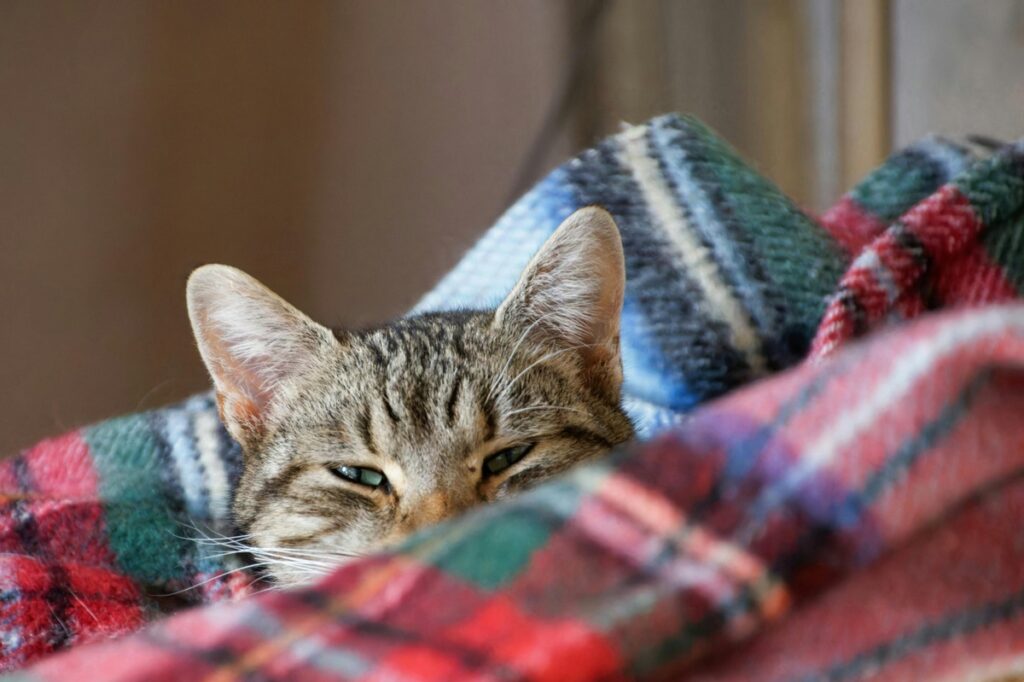
Many cats instinctively withdraw when they are nearing the end, often seeking solitude in quiet, hidden places. This is a natural survival instinct.
While it’s important to respect their need for privacy, checking on them regularly will ensure they are still comfortable. Providing a warm, cozy, and quiet space where they feel safe will help ease their anxiety. If your cat no longer recognizes you or seems completely detached, it may be a sign that they are preparing to pass soon.
6. Loss of Bladder or Bowel Control
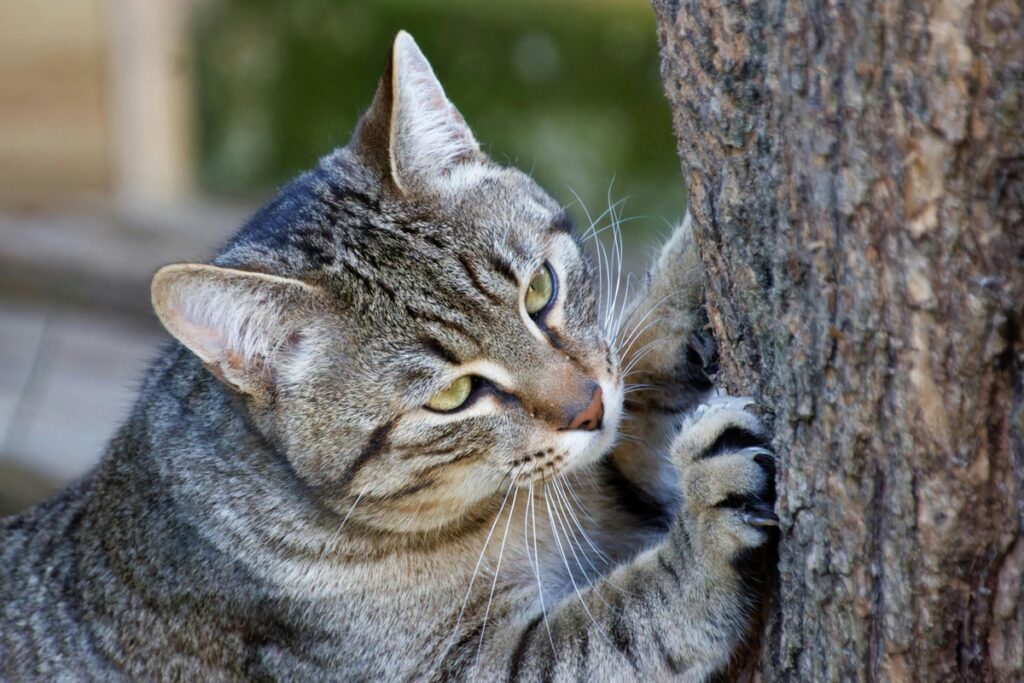
Cats at the end of life may lose control over their bladder and bowels, resulting in accidents. Some may also struggle to get to the litter box.
Using puppy pads, towels, or absorbent bedding can help keep their resting area clean and dry. If they are still able to move, placing the litter box closer to their resting spot can reduce discomfort. If incontinence becomes a persistent issue, it may be a sign that their body is shutting down.
7. Low Body Temperature and Cold Extremities
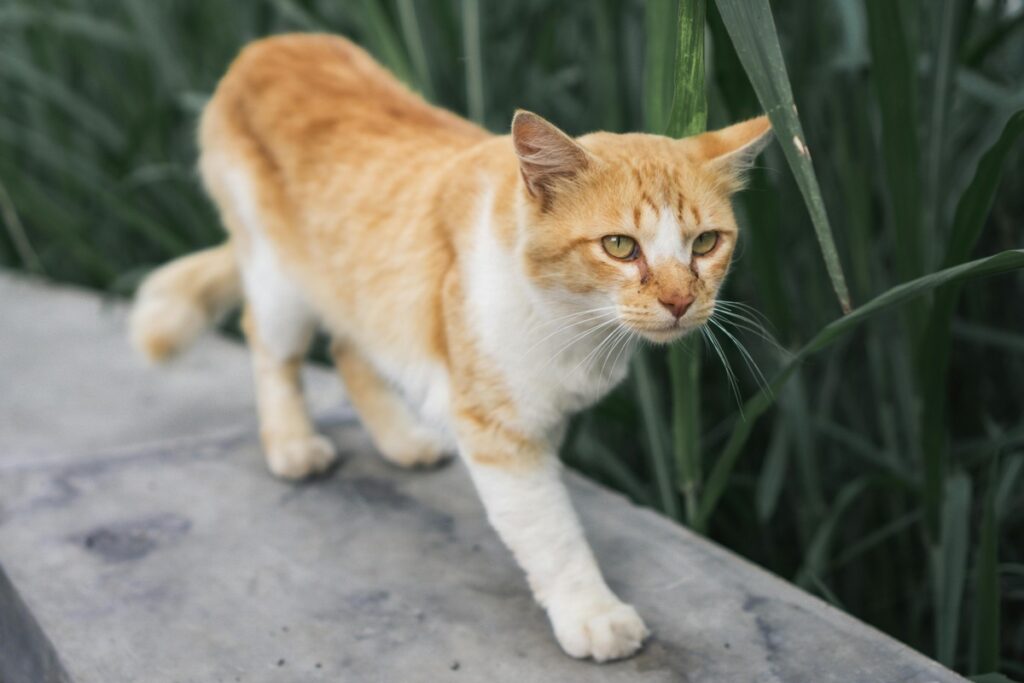
As circulation weakens, a dying cat’s body temperature drops, and their paws, ears, and tail may feel noticeably colder.
Providing warm blankets or a heating pad on a low setting can help keep your cat comfortable. Checking their gums can also give insight—pale or bluish gums often indicate low oxygen levels, meaning their body is slowing down. If your cat is unresponsive and their body temperature remains cold, they may be in their final hours.
8. Sudden Behavioral Changes
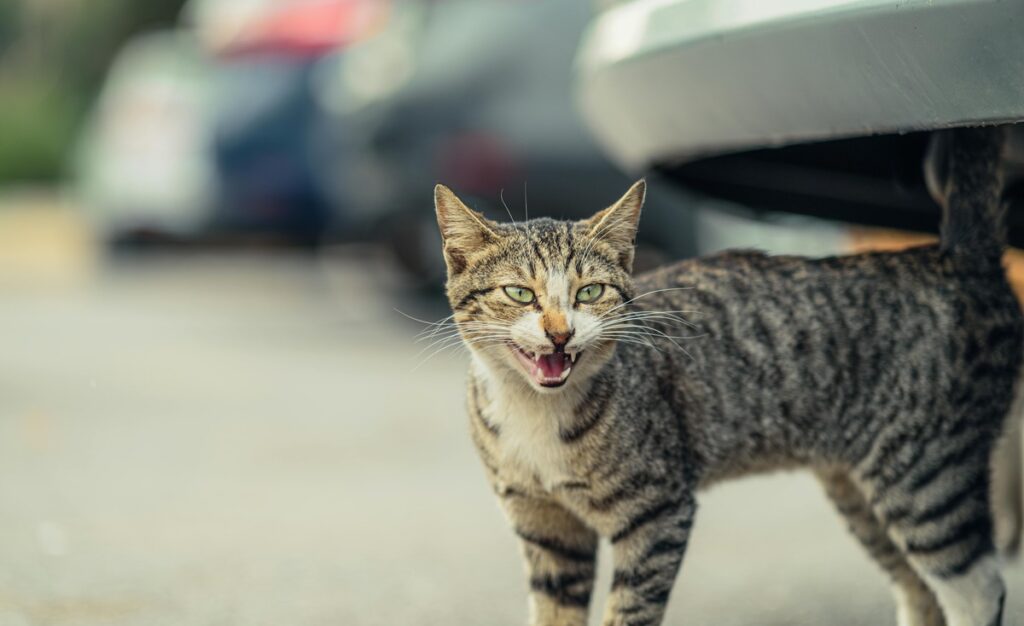
Some cats become clingier than usual, while others become distant or aggressive. You might also notice pacing, confusion, or excessive vocalization.
Providing a calm and familiar environment can ease anxiety. Speaking softly and offering gentle reassurance can help them feel secure. If your cat seems restless or disoriented, your vet may be able to recommend pain relief or medications to ease their transition.
9. Seizures or Uncontrollable Shaking
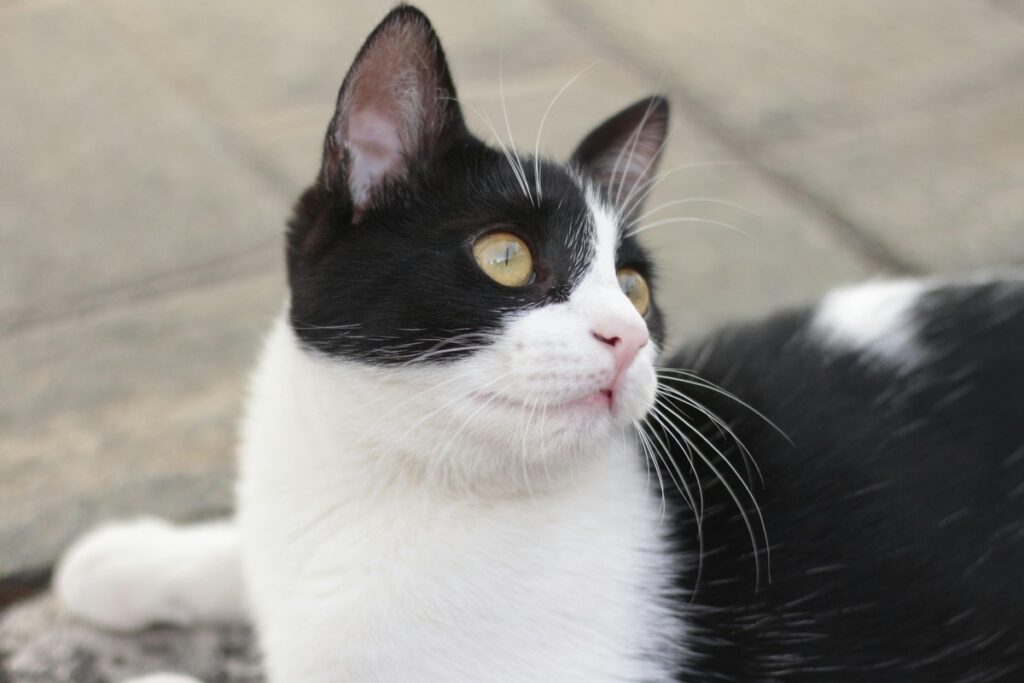
Seizures and tremors may occur in cats with neurological decline, kidney failure, or toxic buildup in their body.
If your cat has a seizure, do not try to hold them down, as this can cause more stress. Instead, make sure their surroundings are padded and free from sharp objects to prevent injury. Frequent seizures are a sign that their condition is worsening, and at this stage, euthanasia may be the most compassionate option to prevent ongoing suffering.
10. No Interest in Life or Comfort
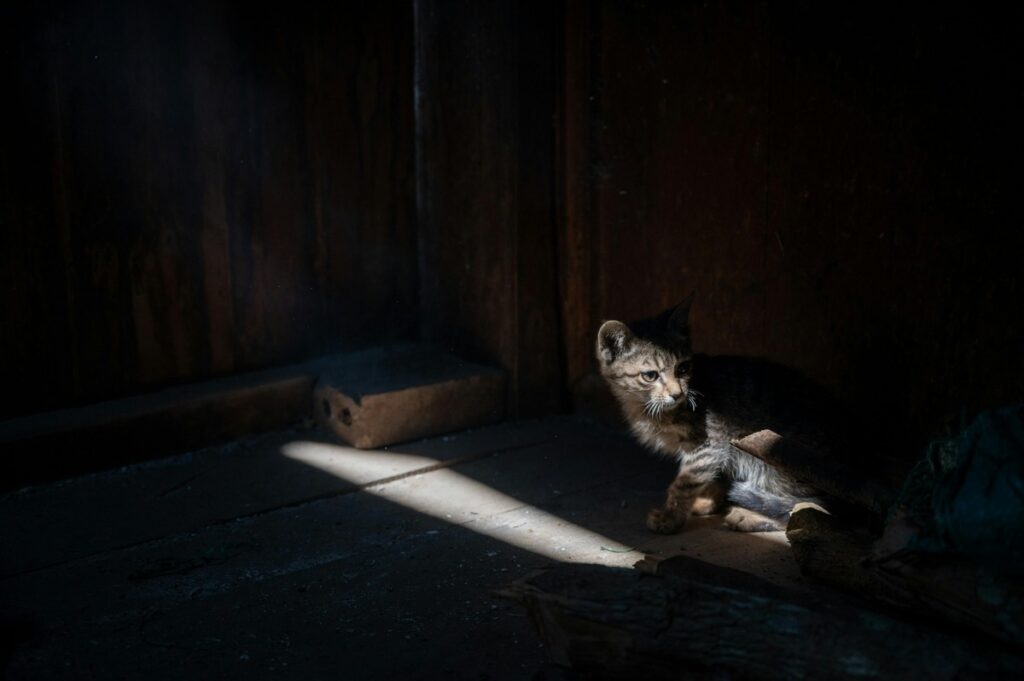
The most heartbreaking sign is when a cat completely disengages from life. They no longer respond to petting, their favorite food, or even your presence.
At this stage, spending quiet, comforting moments with them can be the best thing you can do. Even if they don’t respond, your presence can provide them with a sense of familiarity and love. Keeping their environment peaceful, dimly lit, and stress-free will help them pass in a calm and loving atmosphere.
When Is It Time to Say Goodbye?
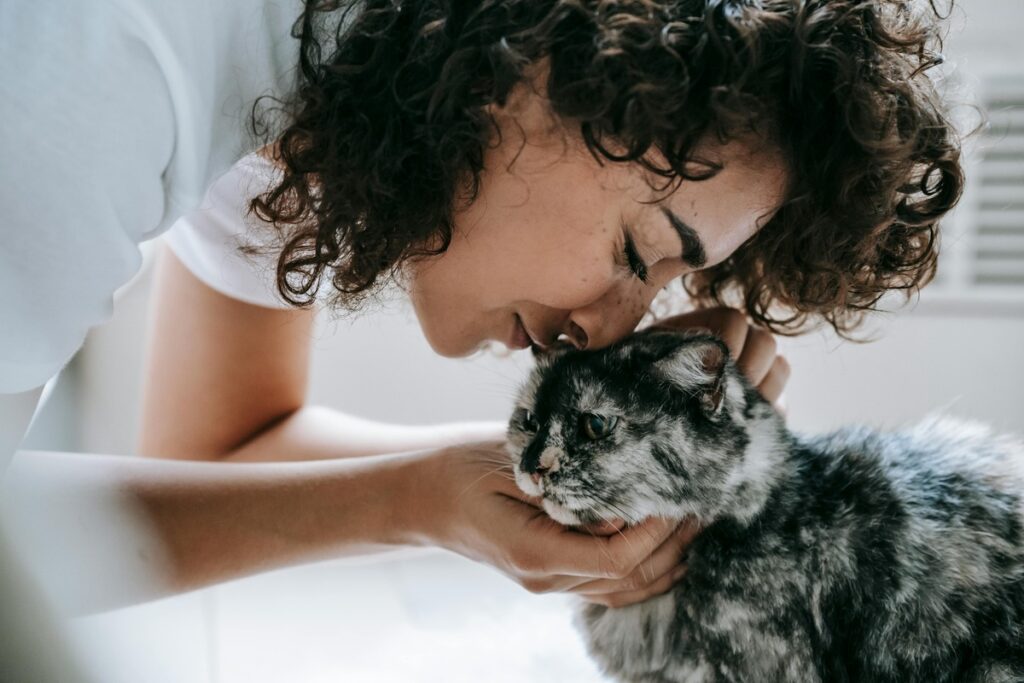
Making the decision to euthanize a beloved pet is incredibly difficult. If your cat is in constant pain, unable to eat or drink, struggling to breathe, or has no interest in life, it may be time to consider letting them go peacefully.
Discussing quality-of-life assessments with your vet can help guide your decision. Although it is heartbreaking, euthanasia is sometimes the kindest gift you can give your cat—ensuring they do not suffer in their final moments.
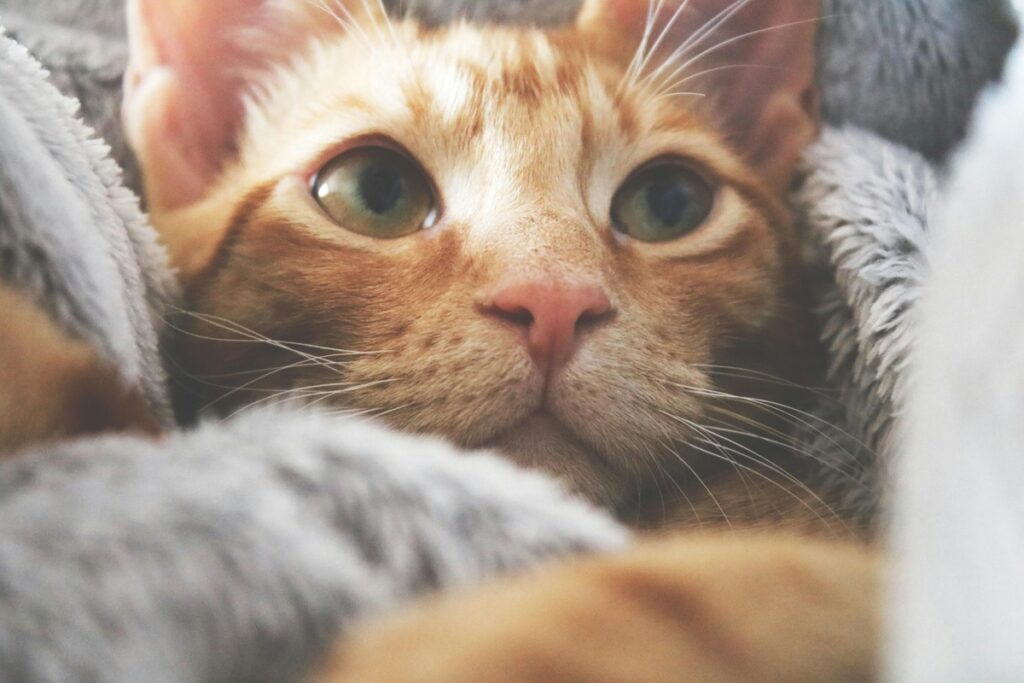
Recognizing the signs of decline can be difficult, but understanding them allows you to make compassionate decisions. Whether you choose palliative care or humane euthanasia, your cat will always be grateful for the love and kindness you provided.
Saying goodbye is never easy, but your bond will always remain. Your cat’s love stays with you forever, and the memories you’ve shared will be a reminder of the wonderful life they lived by your side.

